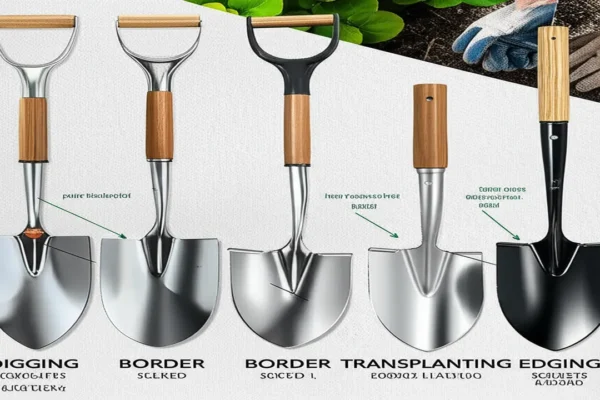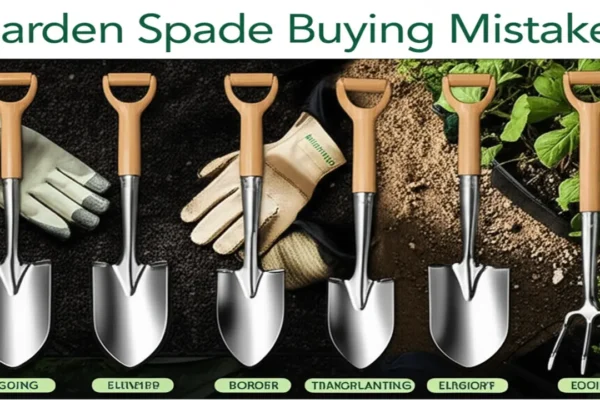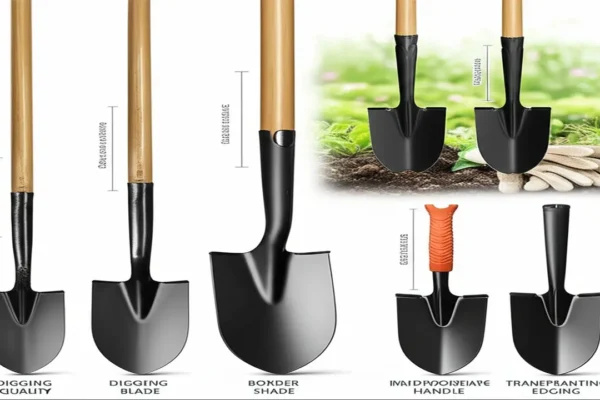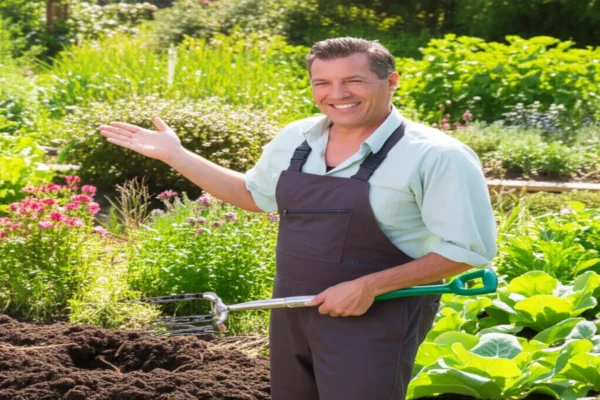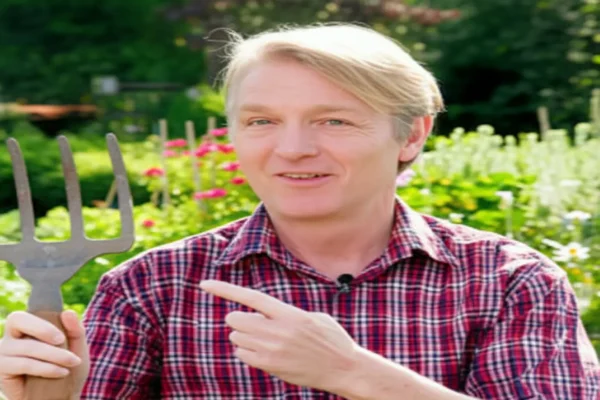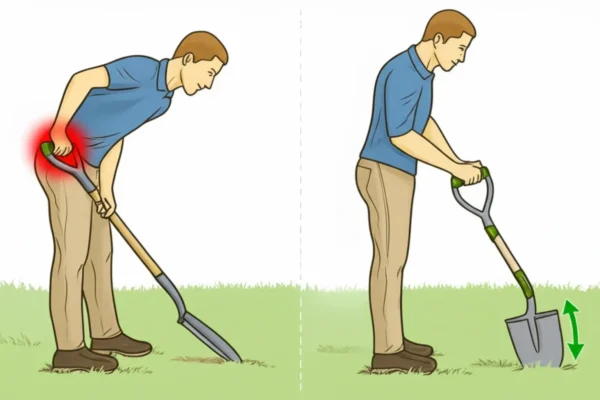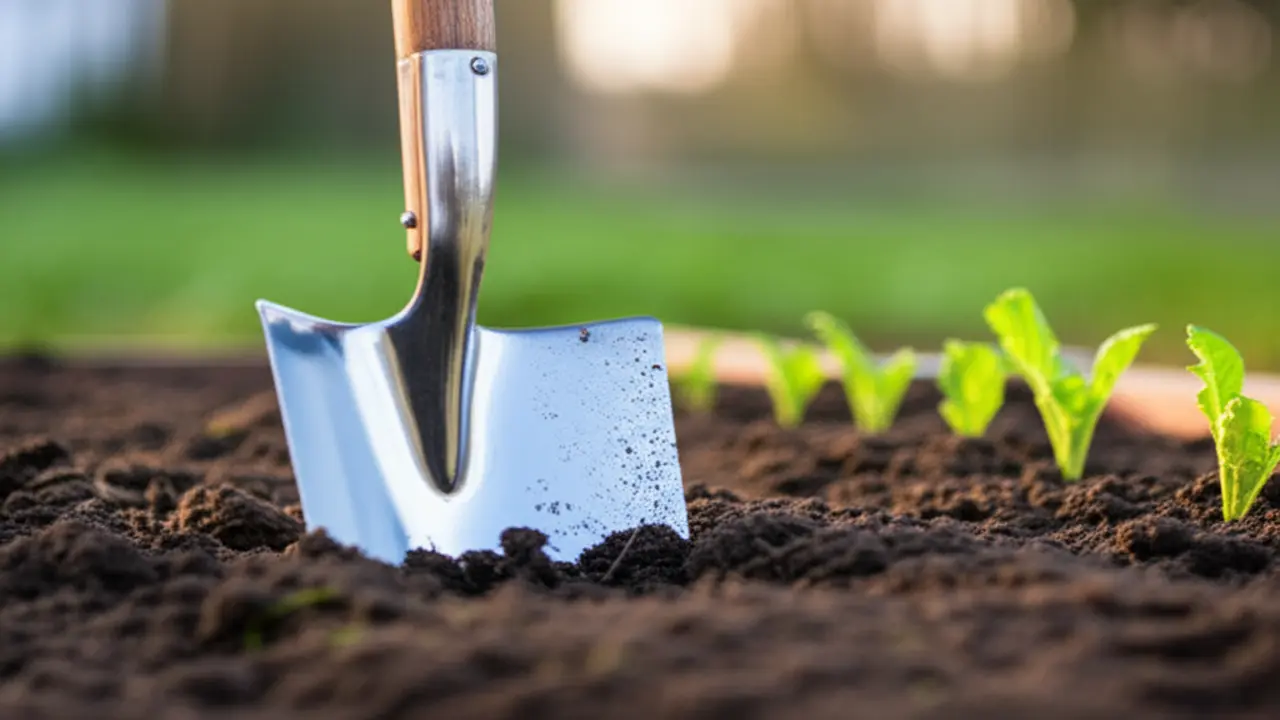
1. Understanding the Spade in Gardening Context

2. Key Spade-Related Questions in Gardening Interviews
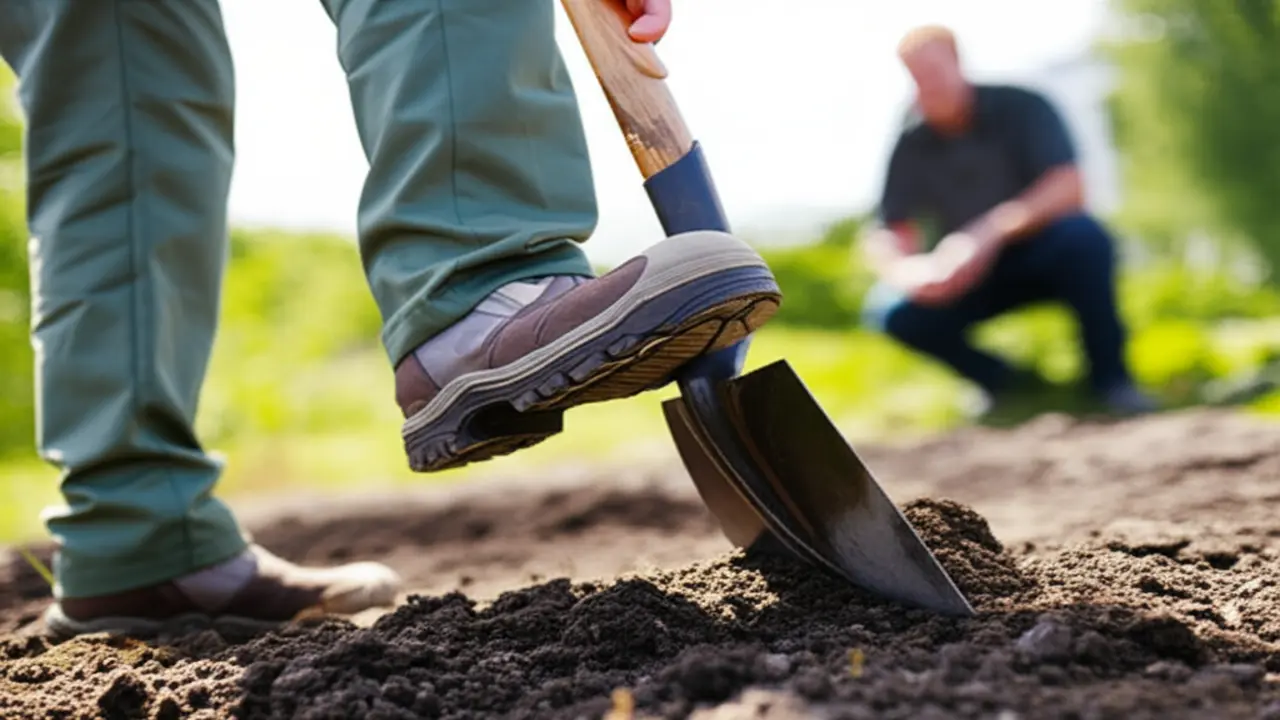
3. Demonstrating Practical Tool Proficiency
Furthermore, showcasing your commitment to safety and tool care is non-negotiable. Explain your routine for tool maintenance, such as cleaning off soil and applying oil to prevent rust after a day’s work. Discussing ergonomics and how you use your body weight correctly to minimize strain proves you are a professional who values both efficiency and personal well-being. This attention to detail communicates respect for the craft and the tools involved. For more in-depth information, reviewing garden spade safety tips can provide valuable talking points for your 2025 interview.

4. Sample Interview Answers and Scenarios
4.1. Scenario: Digging and Soil Preparation
Question: “How would you prepare a compacted, clay-heavy garden bed for new plantings using a spade?”
Sample Answer: “First, I would assess the soil’s moisture level. Attempting to dig in dry, compacted clay is inefficient, so I would water the area a day in advance if needed. I’d select a robust digging spade with a sharp blade, not a border spade, for better leverage. A proper digging spade technique is crucial. I would insert the blade vertically into the soil, using my body weight on the tread to drive it down. I’d then work the handle back and forth to loosen the section before lifting. As I turn the soil, I would use the side of the spade to break up large clods. Finally, I would incorporate organic matter like compost to improve the soil structure and drainage for the new plants.”
4.2. Scenario: Edging and Bed Maintenance
Question: “Describe your method for creating a sharp, clean edge between a lawn and a garden bed.”
Sample Answer: “For a professional-looking edge, precision is key. I would start by laying down a garden hose or a rope to mark a smooth, consistent curve or a straight line. I’d use a half-moon edger or a straight, flat-bladed spade, ensuring it is sharp. I would make the first pass by plunging the spade vertically along the guide line to sever the turf roots cleanly. Then, I’d make a second series of cuts from within the garden bed at a 45-degree angle to meet the first cut, which allows for easy removal of the turf wedge. This creates a small channel that defines the space and helps prevent grass from creeping into the bed. I always finish by clearing away the debris for a tidy appearance.”
4.3. Scenario: Tool Care and Troubleshooting
Question: “What is your routine for spade maintenance, and how would you address a spade with a loose handle?”
Sample Answer: “Consistent garden spade maintenance not only prolongs the tool’s life but also ensures safety and efficiency. At the end of each day, I clean all soil and moisture from the blade and handle. I give it a quick wipe with an oiled rag to prevent rust. Periodically, I inspect the blade for dullness and sharpen it as needed. If I noticed the handle was loose, I would first inspect the connection point. If it’s a riveted handle, I would tighten the rivet if possible. For a traditional wood handle, looseness often comes from the wood drying and shrinking. A temporary fix is soaking the head in water, but for a long-term solution, I would replace the wedge or, if necessary, the entire handle to ensure the tool remains safe and reliable.”



